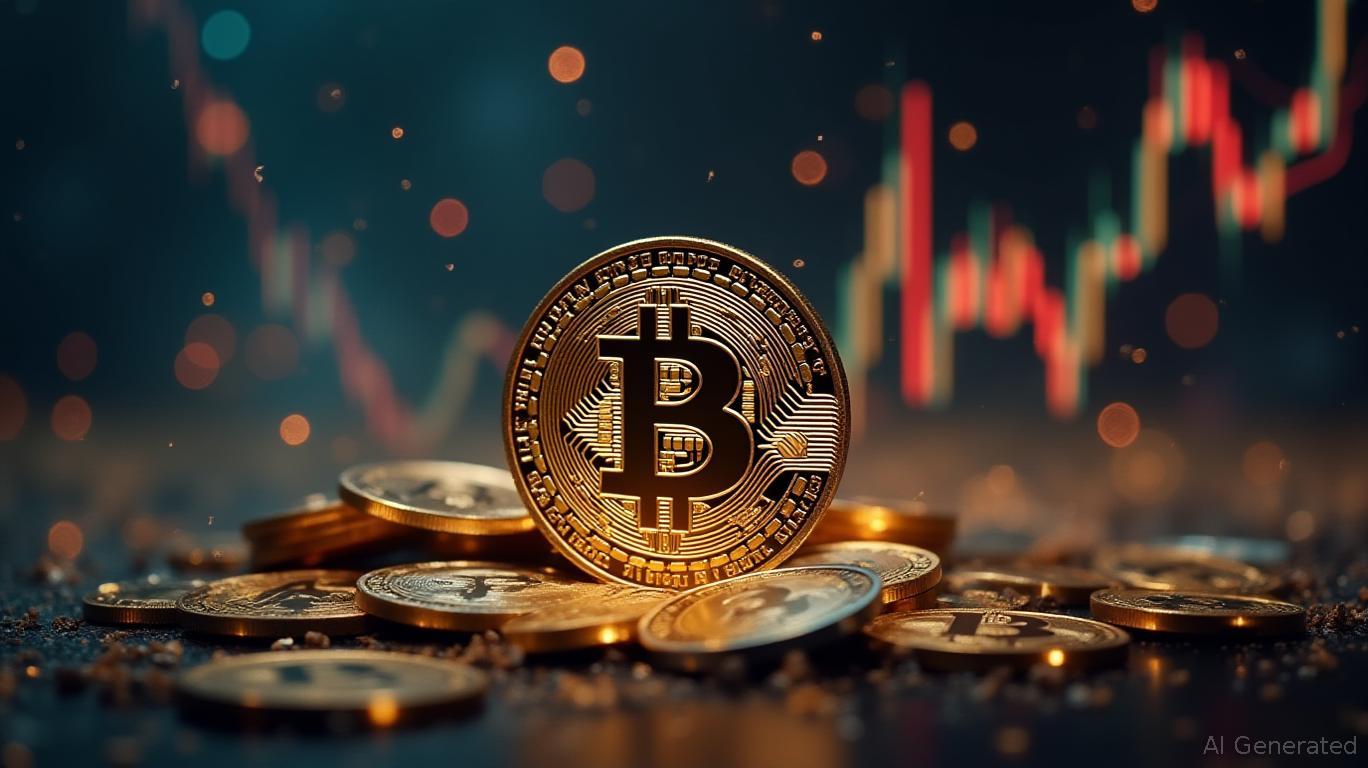Bitcoin News Today: The Bitcoin Valuation Dilemma: Conventional Approaches Compared to Macroeconomic Factors and Market Speculation
Traditional valuation models for Bitcoin, such as the Stock-to-Flow (S2F) approach, are facing increased skepticism as the market landscape evolves. Recent insights and data indicate that Bitcoin’s price is now being shaped by more than just scarcity, with macroeconomic trends, institutional actions, and speculative activity playing significant roles.

Binance's
Technical indicators also suggest Bitcoin is in a Wyckoff reaccumulation phase, featuring a Selling Climax at $106,000, a rebound (Spring) to $102,000, and ongoing consolidation during the Test stage. This pattern hints at a potential breakout, though confirmation is still needed.
Bitcoin and
VALR CEO Farzam Ehsani believes Bitcoin’s status as a safe-haven asset is reasserting itself amid a $2.5 trillion correction in the gold market, which he describes as a “natural cooling phase.” He predicts that Bitcoin could climb to $130,000–$132,000 if macroeconomic factors, such as a softer U.S. CPI or easing trade tensions, improve. Ehsani also emphasized that shifting just 3–4% of gold’s capital into Bitcoin could propel
Meanwhile, Jesse Myers from Onramp Bitcoin compared the current global M2 money supply expansion to the surge seen during the 2020 pandemic, suggesting that Bitcoin could experience a similar sixfold increase if the trend persists, as noted in a
Speculative policy ideas, such as the rumored proposal by Trump to convert U.S. gold reserves into Bitcoin, have sparked controversy. Cynthia Lummis (R-Wyo.) cited research from Michael Saylor and Arthur Laffer, arguing that acquiring 5% of Bitcoin’s total supply could yield exponential returns and help reduce the national debt, according to a
The shortcomings of the Bitcoin Stock-to-Flow model are becoming more apparent as market conditions change. While scarcity-based models still have relevance, the influence of macroeconomic factors, institutional movements, and speculative trading now outweighs them. With ongoing ETF outflows and bold political proposals, Bitcoin’s future will depend on how these competing forces are managed—a challenge that could reshape its place in the world’s financial system.